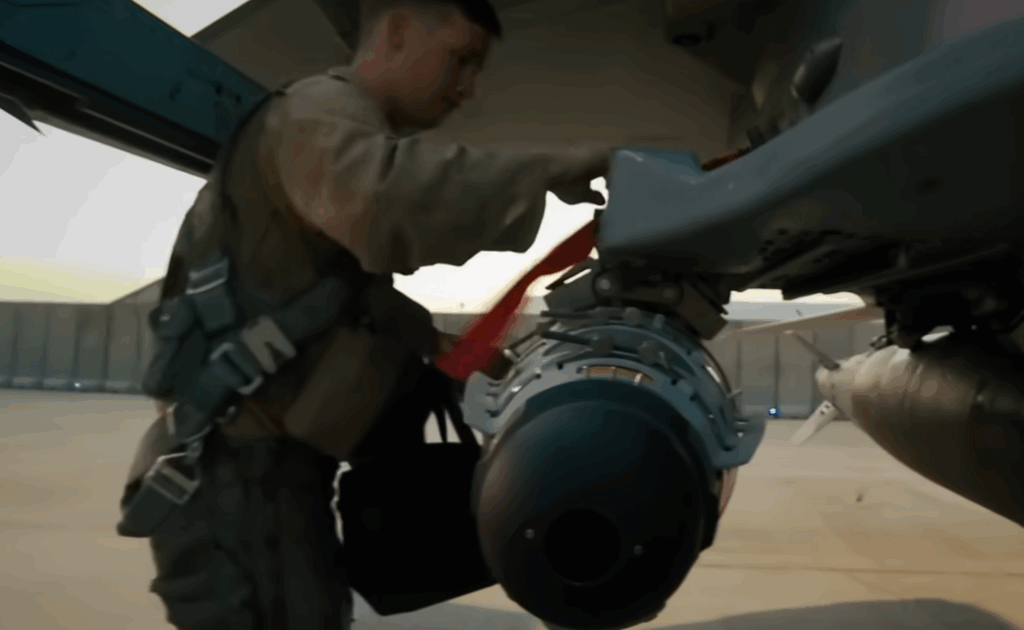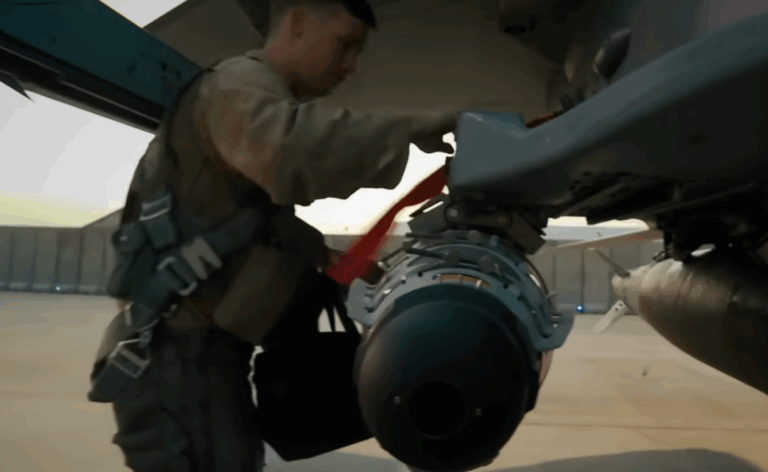B2 bomber pilots carry out missions that require long-range accuracy, intense focus, and strategic timing by utilizing more than just flight skill. These pilots are operating multibillion-dollar aircraft that can fly across continents undetected, not commercial routes between Denver and Chicago. While it doesn’t provide a complete picture, the average B2 pilot salary of $105,110 starts to indicate the amount of money, training, and elite-level skill that each pilot requires.
B2 pilots frequently finish missions that last more than 40 hours through strategic operations and infrequent assignments. That’s not a typo; it’s a silent, endurance-driven marathon in the sky. The intricacy and danger of every B2 flight greatly enhance the value of each hour flown, even though they might log fewer hours annually than a B-52 pilot, who usually reaches 300+ hours.
Built for stealth and incredibly effective, the B2 Spirit has earned the moniker “The Ghost.” Additionally, the people who fly it are carefully selected. Only a select few pilots are ever qualified to fly B2 aircraft, which number less than 20. They have a rigorous selection process that includes not only outstanding technical skill but also mental toughness and impeccable performance records.
B2 Pilot Quick Facts
| Attribute | Details |
|---|---|
| Job Title | B-2 Bomber Pilot (U.S. Air Force) |
| National Avg. Salary | $105,110 per year |
| Hourly Rate | $50.53 |
| Monthly Avg. Pay | $8,759 |
| Weekly Avg. Pay | $2,021 |
| Entry-Level Salary | $84,500 |
| High-End Salary | $176,000 |
| Salary in New York | $114,994 (Avg.), up to $192,551 |
| Highest Paying City | Nome, Alaska – $130,388 |
| Training Cost | Estimated $11.9M to $12M |
| Mission Duration | Up to 40+ hours per sortie |
| Flight Hours Per Year | Much lower than B-52 pilots (typically 300 hrs) |
| Authentic Reference | ZipRecruiter |

On paper, a captain of a commercial airline might make more money—sometimes even twice as much. However, consistency, not secrecy, is their responsibility. Delivering strategic deterrence is the responsibility of B2 pilots, who frequently fly into unstable geopolitical areas and rely on their stealth as their main defense. This position is more like that of a tactician than a typical pilot.
The military spends almost $12 million on each B2 pilot during training. Simulation hours, training in stealth systems, survival skills, and specialized mission rehearsals are all included in that number. Not only is this degree of preparation meticulous, but it also has a very clear goal: to get a human ready to serve as a flying extension of American defense strategy.
Due to widening disparities in civilian aviation, military aviator pay has recently come under increased scrutiny. Many defense experts contend that positions like the B2 pilot add long-term value through intangible contributions—confidence, deterrence, and technological leadership—even though airline jobs offer more obvious financial benefits. Although difficult to measure, this societal impact is ingrained in the purpose these pilots fulfill.
It’s interesting to note that location is more important than ever. With a B2 pilot salary of $130,388 per year, Nome, Alaska tops the list, closely followed by Sitka and California City. These numbers show where the Air Force spends more to attract the best talent by taking into account the mission location and local cost of living. The message for prospective military pilots is clear: if you’re willing to relocate, your pay may significantly increase.
Salary levels in medium-sized cities like Arlington and Mountain View are still competitive, regularly falling around $120,000. These figures show strategic positioning in addition to revenue. Pilots assigned to these locations frequently oversee training, operations, or rapid-deployment missions that call for a high level of preparedness.
The military guarantees the effectiveness of its pilot compensation by incorporating benefits such as hazard pay, food stipends, and housing allowances. In actuality, the raw salary does not accurately reflect what a B2 pilot makes. Total yearly pay can increase dramatically when these extras are taken into account, particularly when compared to positions with less government assistance.
Stealth aviation developments over the last ten years have significantly enhanced B2 operations. The speed of maintenance systems has increased dramatically, and mission software has developed to provide pilots with more precise information while in flight. The cockpit is now a more supportive ecosystem rather than a high-pressure silo as a result of these modifications.
The path is both intimidating and motivating for early-stage officers who aspire to fly stealth bombers. Flight school is the first step in the selection process, followed by fighter-bomber transition programs and B2 qualification missions, all of which are intended to improve not only flying proficiency but also poise and leadership. Because so few people finish this pipeline, being a B2 pilot is not only considered elite but almost legendary in Air Force circles.
The dynamics of the B2 pilot career will unavoidably change in the upcoming years as the B-21 Raider goes online. Some pilots will take the lead as program architects or instructors, while others will switch to this new airframe. The current role will be strengthened by the evolution rather than diminished. The next generation of stealth aviators will be led by those who master the B2 with accuracy and vision.
The Air Force has created a pilot role that goes well beyond flying by embracing long-term investment in its workforce. B2 pilots go on to become ambassadors, strategists, and examples of aviation excellence. Even though their pay is based on public budgets, it also serves as a signal—a way of honoring the responsibility that comes with every time they fly under the radar.
Because of their meticulously planned missions and continuous training, B2 pilots continue to be incredibly dependable assets. In addition to defending airspace, their missions also include enforcing treaties, safeguarding national resilience, and protecting policy. Silent dominance and calculated readiness, without any ostentatious marketing or commercial fanfare.
The salary of a B2 pilot provides a surprisingly inexpensive window into high-level national defense positions for those interested in the future of military aviation. Military personnel are aware of the larger compensation structure, while civilians question whether military service pays enough. It’s not just about the salary. It has to do with trust, accountability, and becoming known as the “flyer of the invisible.”


